
You can learn a lot about a restaurant before the food even hits the table. Sometimes, all it takes is one glance at the floor, a whiff of the air, or a quick look at the menu to know something’s not right. And while no place is perfect, there are definitely a few signs that should make you think twice before ordering. So, here are 20 such clues.
Unclean Dining Surfaces And Sticky Floors

Negligence appears first as sticky floors and non-slip mats covered in debris. Dining surfaces may appear spotless, yet napkins and menus stick to a tacky residue. Poor maintenance turns contaminated tables into magnets for unwelcome pests. And sanitation failures like this break fundamental health codes, which must be taken seriously.
Overly Long Printed Menu That Mixes Many Unrelated Cuisines

Chefs know a focused, shorter menu means confidence and expertise. When you see pad thai listed next to pizza and paella, it’s a sign of a scattered kitchen probably relying on frozen bulk ingredients. No restaurant can possibly master dozens of world cuisines while keeping every single ingredient fresh.
Servers Who Cannot Answer Basic Questions About Ingredients Or Allergens

A server’s knowledge regarding food can save someone’s life, especially for guests dealing with allergies. Some places use detailed allergen tablets and intensive staff training. Servers unable to answer simple ingredient questions immediately raise serious caution flags regarding food handling commitment and customer welfare.
Cold Butter, Stale Bread, Or Obviously Prepackaged Bread Service

The bread service is a true litmus test for a restaurant’s quality commitment. Butter arriving frozen hard, bread tasting lifeless, or obviously prepackaged rolls are major red flags. Such signs indicate corners are being cut and freshness is simply not a priority across all kitchen operations.
Food Arriving Suspiciously Fast For Made-To-Order Dishes

Quick service feels nice, yet when a genuinely made-to-order dish appears in moments, you should be suspicious. Rapid delivery often means items were pre-made and just reheated. Instantly served steaks or pasta skips the authentic, patient preparation that real culinary excellence demands from a professional kitchen.
No Clear Identity Or Concept
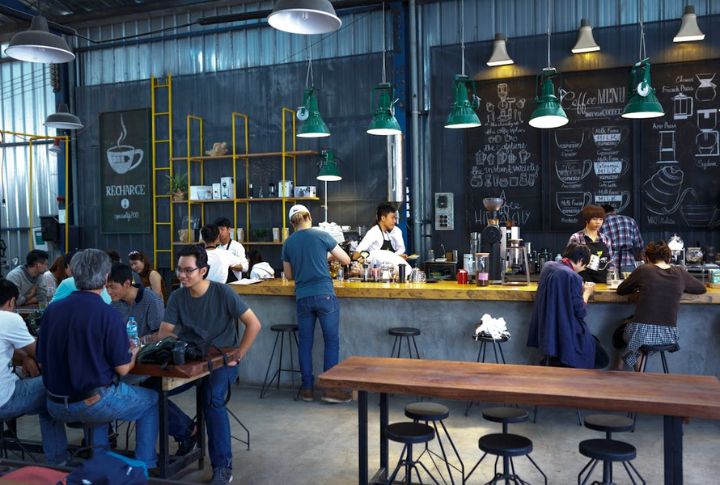
Restaurants that try to be everything—sports bar, fine dining, dessert cafe—fail at all of them. A confused concept leads to inconsistent service and perhaps even mismatched decor. Strong venues know who they are and curate every detail around that identity.
Empty Dining Room During A Typical Busy Time
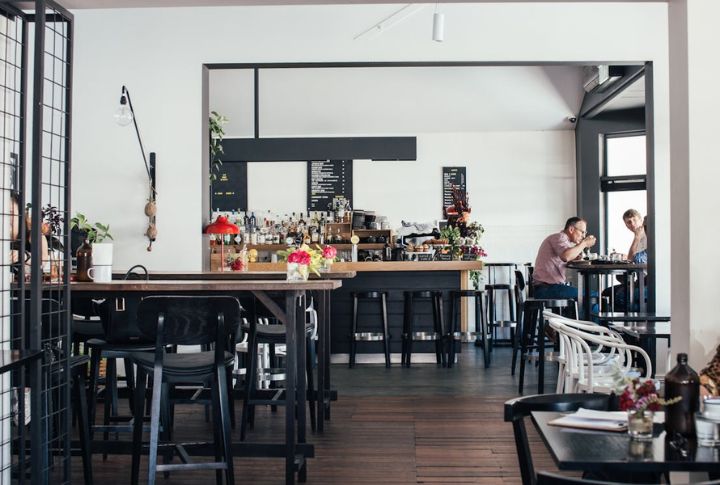
Seeing many empty tables during peak service hours sets off a worrisome cycle. Fewer customers slow inventory turnover, hurt food quality, and lower staff morale—creating a cycle that drives even more diners away. In tourist-heavy spots, persistent emptiness mostly signals something locals already know that you don’t.
Frequently Changing Or Inconsistent Menu Items Without Explanation
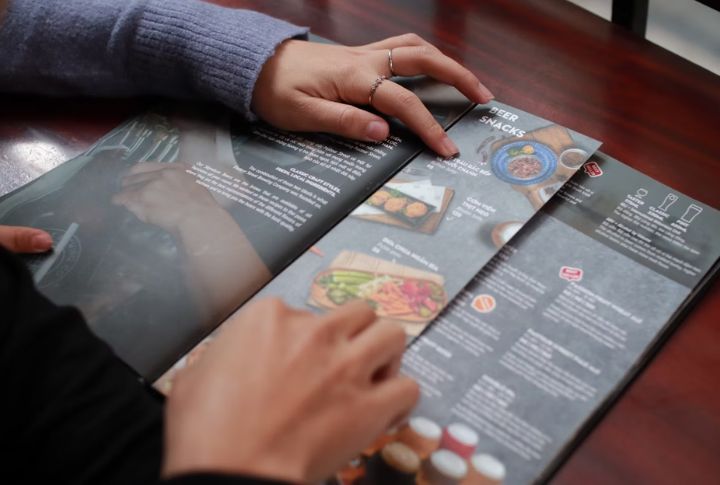
Clever diners view menu changes as subtle signals; they can tell when updates are smart improvements and when something seems off. Unexpected item changes often mean supply issues or quality problems. Daily specials utilizing local ingredients or seasonal rotations, however, reveal a better kitchen operation.
Unclear Or Cash-Only Payment Policy Posted Inconsistently
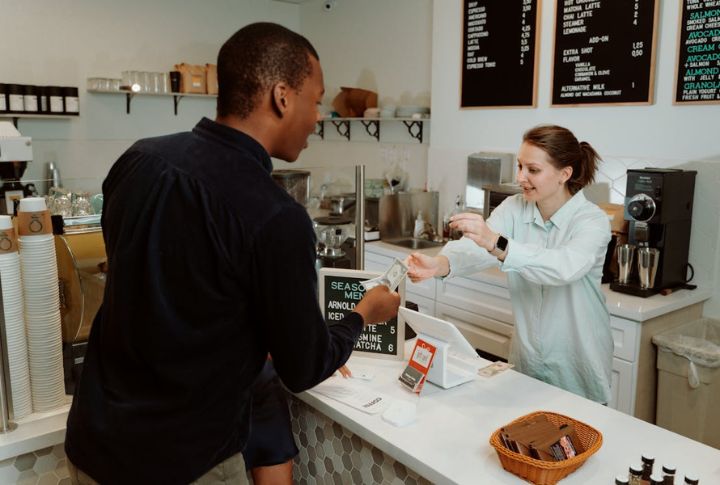
Inconsistent payment rules signal operational chaos. Customers get frustrated finding cash-only notices contradicting posted signs. These mixed signals often suggest deeper problems—maybe a broken card machine or questionable financial practices. Disorganization damages reputation and raises doubt about management competence.
Staff Being Visibly Unclean
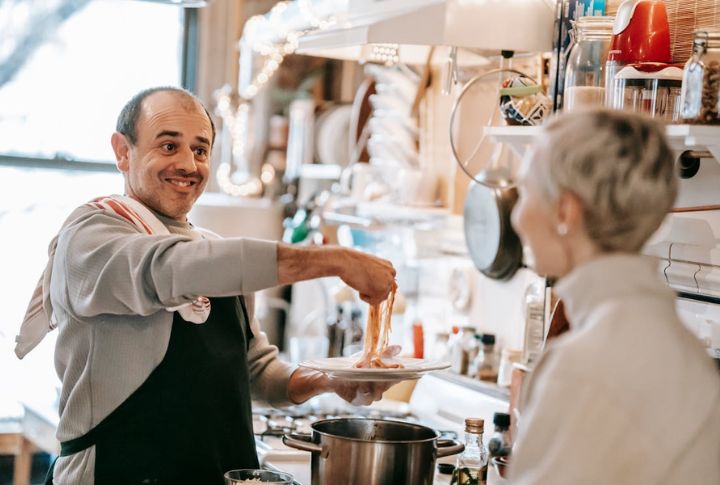
Watching for staff hygiene is the first defense against foodborne illness. Visible soil on a uniform or unwashed hands allow bacteria to spread directly into the kitchen and onto your food. High-quality establishments train on proper hand-washing and provide clean, fresh uniforms daily to maintain standards.
Heavy Reliance On Influencer Or Promo Photos

Restaurants with flashy feeds sometimes mask reality and signal lower transparency. Glossy promotional images and paid influencer posts show a curated fantasy. Look for genuine customer reviews, good and bad, because those tell a far more reliable and unfiltered story than any paid endorsement.
Repeated “Out Of” Notices For Common Ingredients Or Popular Dishes

The industry term “86’d” means an item is sold out, but constant shortages reveal deep-seated problems with inventory management. A few places using local sourcing embrace limited availability as part of their concept, but chronic shortages are usually not that. If this keeps happening, the restaurant risks its reputation.
Over-The-Top Decor
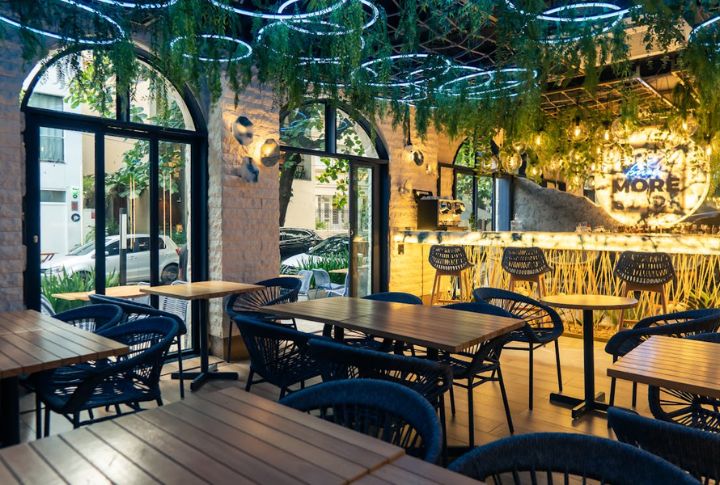
Giant neon signs, quirky themes, and ‘selfie walls’ might seem fun; however, experienced diners see right through the theatrical flair. These elements attract camera-wielding tourists; frequently, they distract a kitchen lacking true culinary focus. The worst indicator? The decor ends up being more memorable than the actual meal.
Confusing Reservation Or Wait Policies
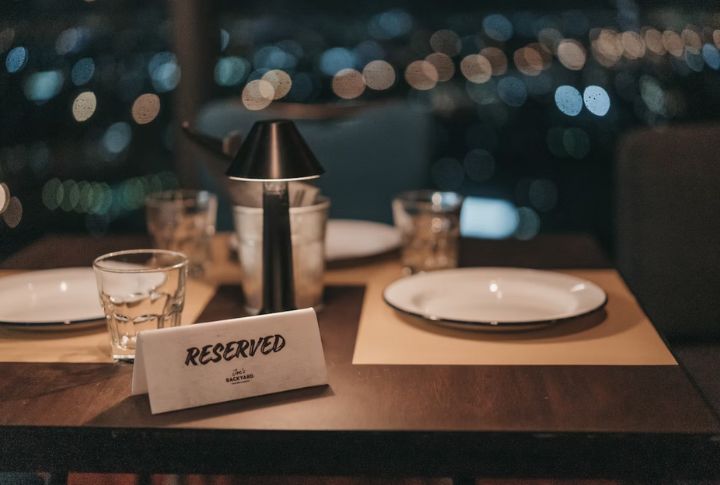
Restaurants featuring vague wait times, random walk-in rules, or inconsistent reservation handling signal managerial chaos. Bad communication regarding seating and timing usually extends right into service quality and overall attention to detail in the food prep area.
Suspiciously Limited Or Poor-Quality Beverage List
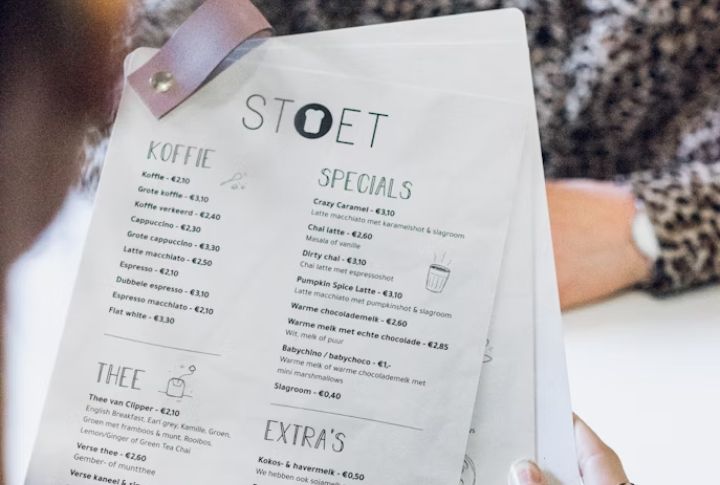
The drinks menu always reflects a restaurant’s dedication to excellence, even in a simple coffee shop. Serving flat sodas or old, past-prime beer reveals poor inventory controls and broader quality concerns. Strong venues partner with local breweries and curate their lists carefully because they know that drinks are central to the experience.
Mismanaged Table Layouts
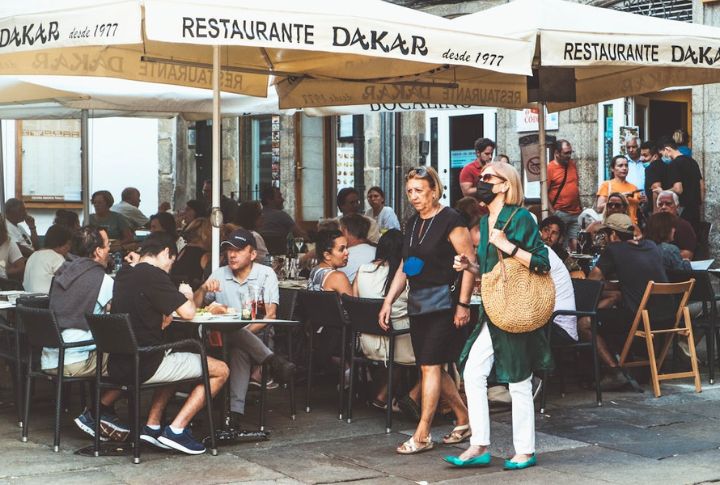
Poorly placed, wobbly, or overly crowded tables show zero thought given to customer comfort. A chaotic dining environment suggests similar operational disorganization spilling out of the kitchen. Comfort should be a fundamental pillar of any hospitality experience.
Unpleasant Or Inconsistent Plating
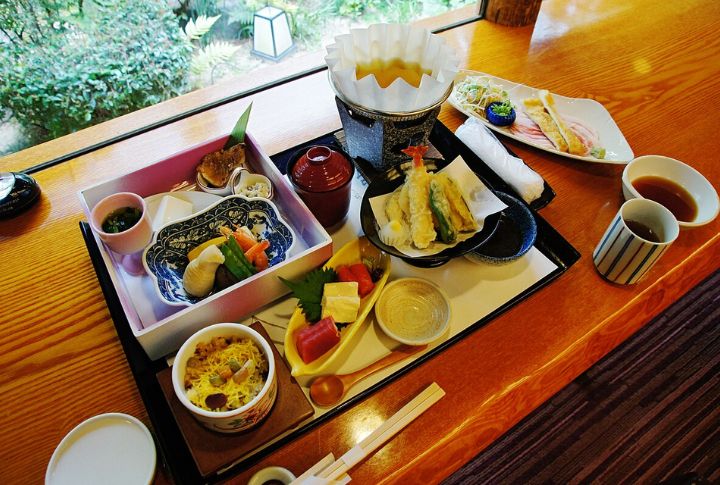
Japanese food culture makes plating an art equal to taste, but some places twist presentation into pure illusion. Look out for excessive garnishes and messy arrangements that’s meant to distract. These chaotic designs often conceal disappointing portion sizes or lower-quality ingredients beneath the surface.
Music That Clashes With The Dining Experience
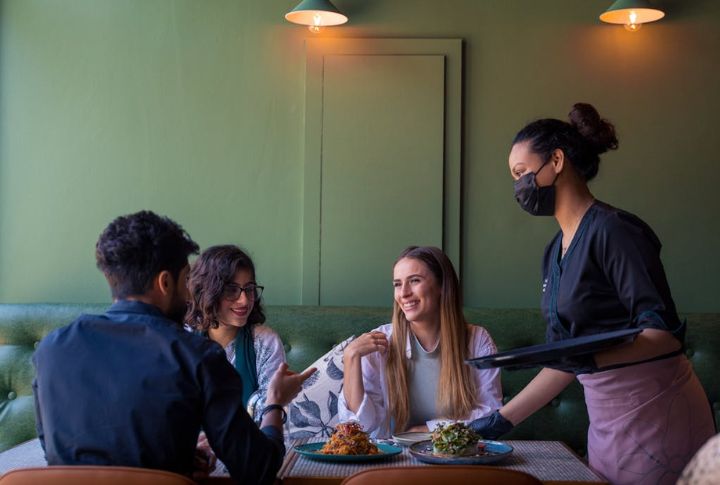
Blasting EDM in a quiet brunch spot or playing melancholic ballads during dinner service creates emotional dissonance. Music should complement the food and ambiance, not compete with it. Poor sound choices suggest a lack of attention to the overall guest experience.
Staff Disputes Or Visible Tension
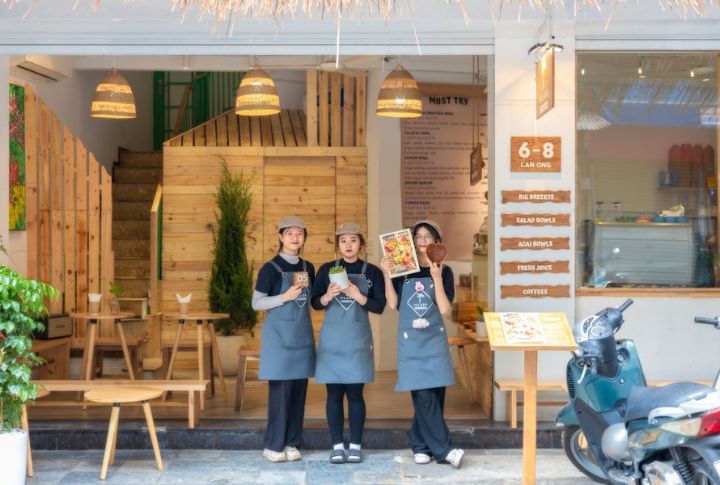
If you witness arguments between staff or overhear complaints about management, it’s a major red flag. We’re not saying that internal dysfunctions don’t happen, but it should not spill into the public eye or the service quality. A harmonious team makes for a welcoming atmosphere.
Lack Of Engagement With Guests

Great restaurants make you feel seen. If staff avoids eye contact, never checks in after food arrives, or seems indifferent to your presence, it’s not just bad service—it’s a failure of hospitality. Disengagement often reflects poor training, or a toxic work culture. Who knows what they might put in your food?

